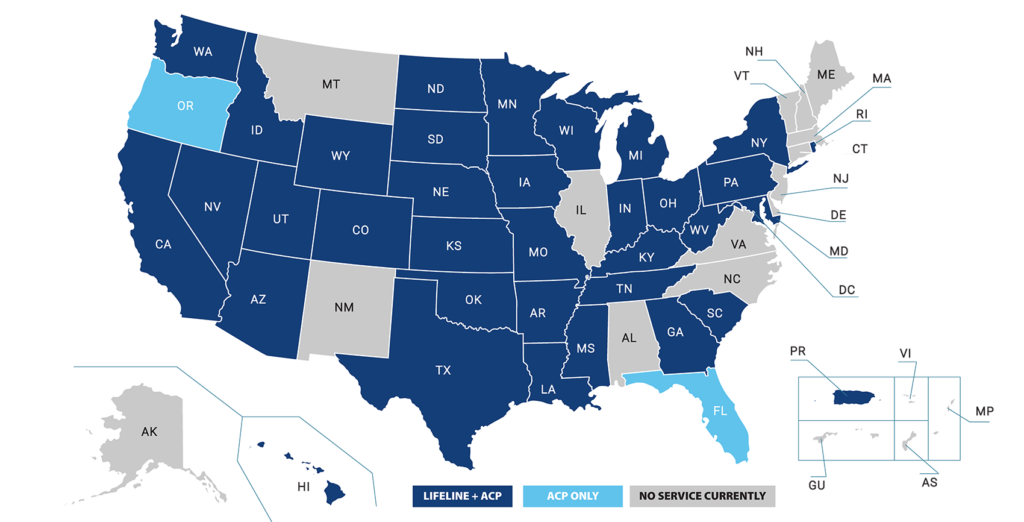In today’s world, modern technology has revolutionized the way businesses operate, and the use of computer networks is no exception. A flat network is a type of network topology that has become increasingly popular in recent years. This type of network is designed to simplify network architecture, making it easier to manage and less prone to errors. In this article, we will explore what a flat network is, how it differs from other network topologies, and why it has become so popular.
A flat network is a network architecture that eliminates the need for complex hierarchical structures. Instead, all devices on the network are connected to a single network segment, creating a flat structure. This structure allows for direct communication between devices, making it easier to manage and troubleshoot network issues. In addition, a flat network reduces the need for network segmentation and VLANs, making it less prone to errors and easier to scale. With these benefits in mind, it’s no wonder why more and more businesses are adopting flat networks as their preferred network topology. So, let’s dive in and learn more about this innovative network architecture.

What is a Flat Network?
A flat network is a type of computer network in which all the devices are connected on the same level, with no hierarchical structure. This type of network is often used in small businesses and home networks, as it is relatively simple to set up and maintain.
Advantages of Flat Networks
One of the main advantages of a flat network is that it is easy to set up. Since there is no central server or switch, all of the devices can be connected directly to each other via Ethernet cables. This makes it much simpler to add or remove devices from the network. Additionally, flat networks are generally more secure than other types of networks, as there is no single point of failure that can be exploited by hackers.
Another benefit of flat networks is that they are often less expensive than other types of networks. This is because there is no need for expensive hardware such as routers and switches, as all of the devices are connected directly to each other. Additionally, flat networks are often more reliable, as there are no single points of failure that can cause the entire network to go down.
Disadvantages of Flat Networks
The main disadvantage of flat networks is that they are not suitable for larger networks. This is because they lack the scalability of other types of networks, as all of the devices must be connected directly to each other. Additionally, since there is no central server or switch, it can be difficult to manage the network.
Additionally, flat networks are often slower than other types of networks, as the traffic must be routed directly between the devices rather than through a central switch or router. This can cause latency issues and slow down the overall performance of the network. Finally, flat networks can be vulnerable to security risks, as there is no central server or switch to provide a layer of protection.
Frequently Asked Questions
A flat network is a type of computer network in which all nodes are at the same level or hierarchy. It does not use routers or switches to separate different levels of the network.
What is a flat network?
A flat network is a type of computer network where all of the nodes are at the same level. This means that the same rules and protocols apply to all nodes, and no routers or switches are used to separate the different levels of the network. This type of network is often used in small businesses or home networks, as it is simpler to set up and manage than a hierarchical network.
What are the advantages of using a flat network?
Using a flat network has some advantages. It is simpler to set up, as there is no need for routers or switches to separate different levels of the network. It also makes it easier to manage the network, as all of the nodes are on the same level. Additionally, as all of the nodes are at the same level, network traffic is more evenly distributed, resulting in a more reliable and efficient network.
What are the disadvantages of using a flat network?
The main disadvantage of a flat network is that it can lack security. As all of the nodes are at the same level, any node can potentially access any other node. This can make it difficult to secure the network, and can leave it vulnerable to malicious attacks. Additionally, as the nodes are all on the same level, network traffic can become congested, resulting in slower network speeds.
What type of networks use flat networks?
Flat networks are often used in small businesses or home networks, as they are simpler to set up and manage than a hierarchical network. They can also be used for larger networks, although this is less common due to the lack of security that a flat network provides.
What other types of networks are there?
There are several other types of networks, including hierarchical networks, peer-to-peer networks, and mesh networks. Hierarchical networks use routers or switches to separate different levels of the network, and can provide more security than a flat network. Peer-to-peer networks allow nodes to communicate with each other directly, without the need for a central server. Mesh networks use multiple nodes to create a mesh-like structure, providing more reliability and flexibility than other types of networks.
Flat Network
In conclusion, a flat network architecture refers to a network configuration where all devices are connected to a single network segment. This type of network design is often used in small to medium-sized organizations where simplicity and ease of management are key priorities. While flat networks offer advantages such as reduced complexity, lower cost, and improved performance, they also come with limitations such as limited scalability and security vulnerabilities.
As networks continue to evolve, it’s important for organizations to weigh the pros and cons of different network architectures and choose the one that best aligns with their business needs. Whether it’s a flat network or a more complex hierarchical network, the key is to ensure that the network is designed and managed in a way that maximizes efficiency, security, and overall performance. In the end, a well-designed network can be a game-changer for any organization in today’s connected world.



